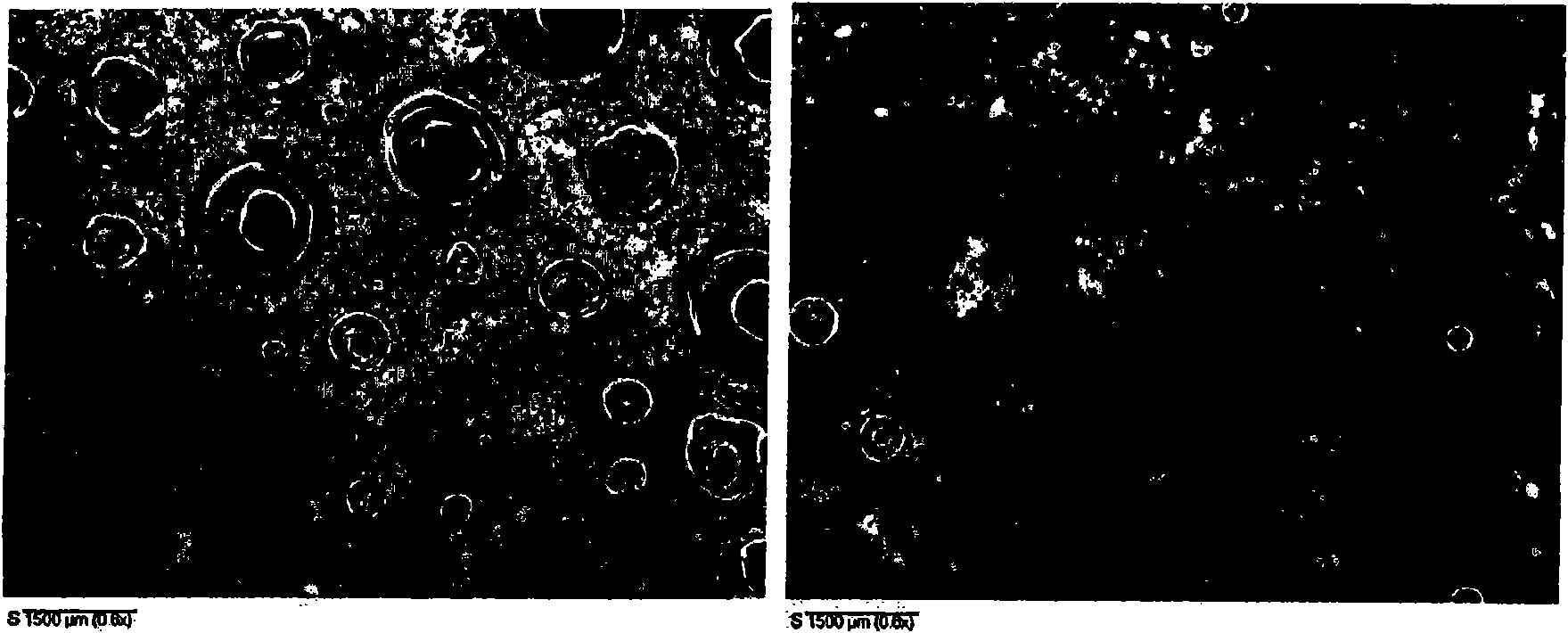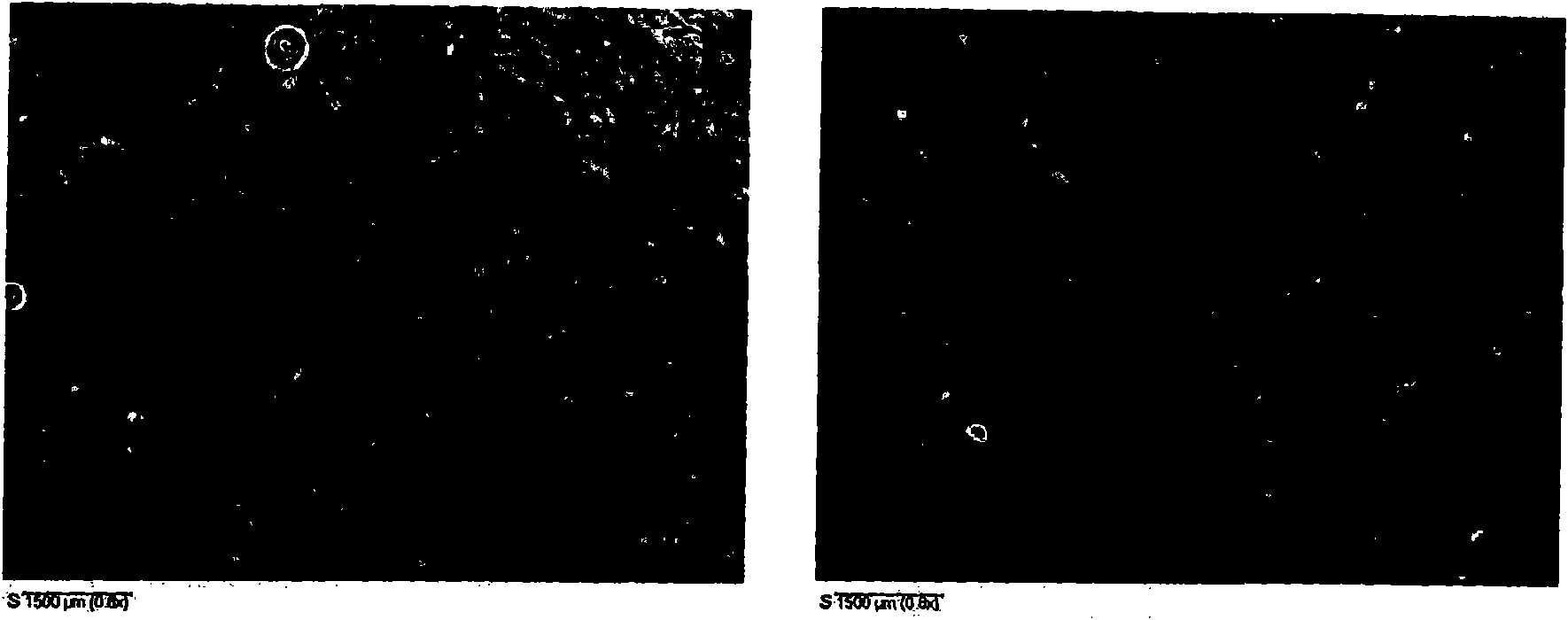Method for environmentally friendly melting and refining a glass melt for an initial glass of a lithium-aluminium silicate (las) glass ceramic
A lithium-aluminosilicate, glass melt technology, applied in glass furnace equipment, glass manufacturing equipment, manufacturing tools, etc., can solve problems such as limited tank output, achieve less energy loss, low number of bubbles, and save capital investment Effect
- Summary
- Abstract
- Description
- Claims
- Application Information
AI Technical Summary
Problems solved by technology
Method used
Image
Examples
Embodiment Construction
[0123] The invention is further illustrated by means of the following examples.
[0124] Table 1 shows the composition of the crystallizable glass for lithium aluminosilicate glass-ceramics of the present invention, in % by weight of oxides, and various compounds used as batch raw materials for the constituents. When calculating mixtures of raw materials, it should be taken into account that certain raw materials also contain a certain amount of impurities depending on the quality. Thus, for example, spodumene, depending on the quality of the commodity, contains different amounts of Li 2 O content, and also contains a certain amount of potassium, sodium and anorthite, and Fe 2 o 3 . This must be taken into account when calculating the batch formulation to obtain the desired LAS glass composition.
[0125] Glass No. 2 is a glass for comparison, which has the same composition except that it is refined using arsenic oxide instead of tin oxide. AS used as batch raw material ...
PUM
| Property | Measurement | Unit |
|---|---|---|
| visible light transmittance | aaaaa | aaaaa |
| visible light transmittance | aaaaa | aaaaa |
| visible light transmittance | aaaaa | aaaaa |
Abstract
Description
Claims
Application Information
 Login to View More
Login to View More - R&D
- Intellectual Property
- Life Sciences
- Materials
- Tech Scout
- Unparalleled Data Quality
- Higher Quality Content
- 60% Fewer Hallucinations
Browse by: Latest US Patents, China's latest patents, Technical Efficacy Thesaurus, Application Domain, Technology Topic, Popular Technical Reports.
© 2025 PatSnap. All rights reserved.Legal|Privacy policy|Modern Slavery Act Transparency Statement|Sitemap|About US| Contact US: help@patsnap.com



